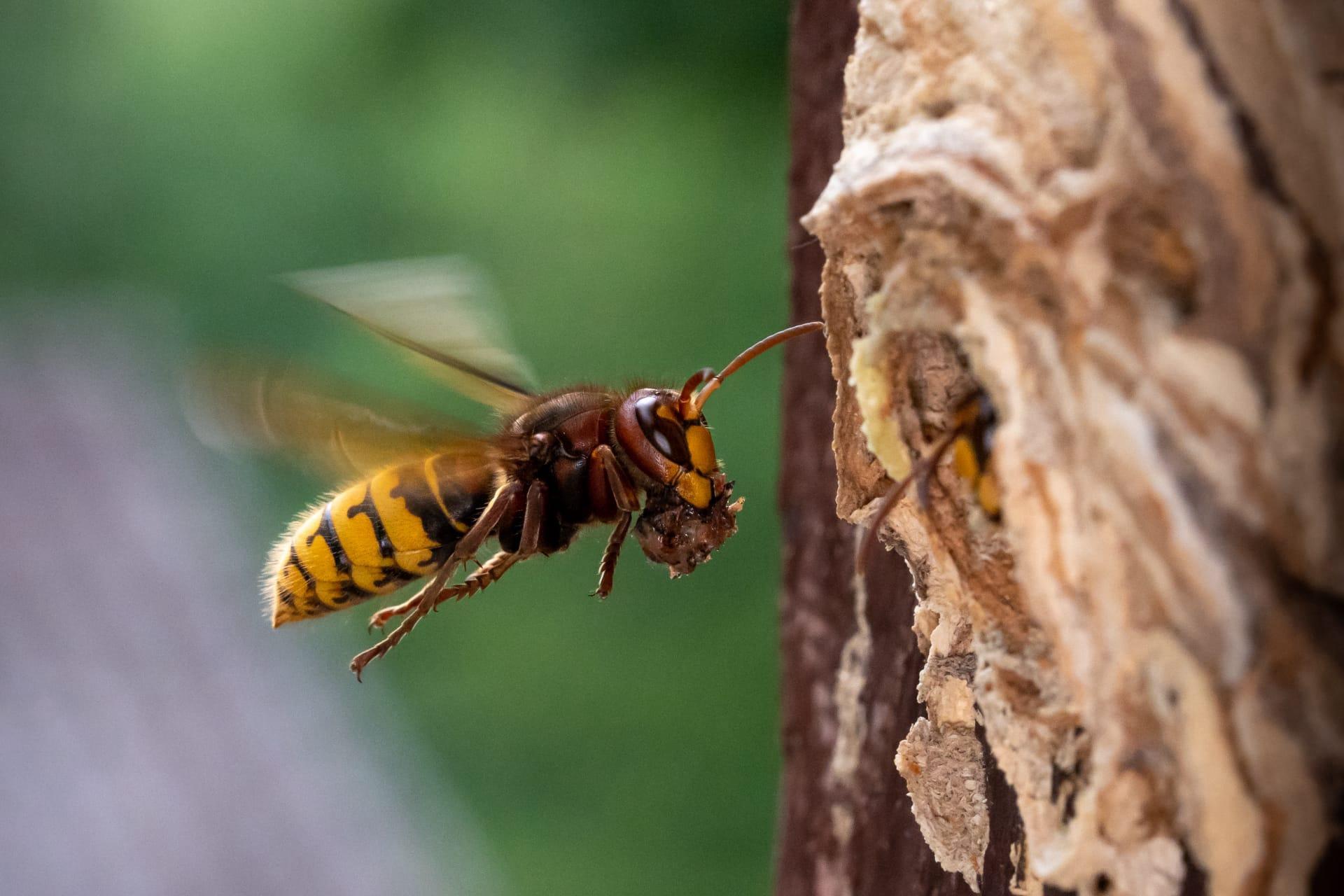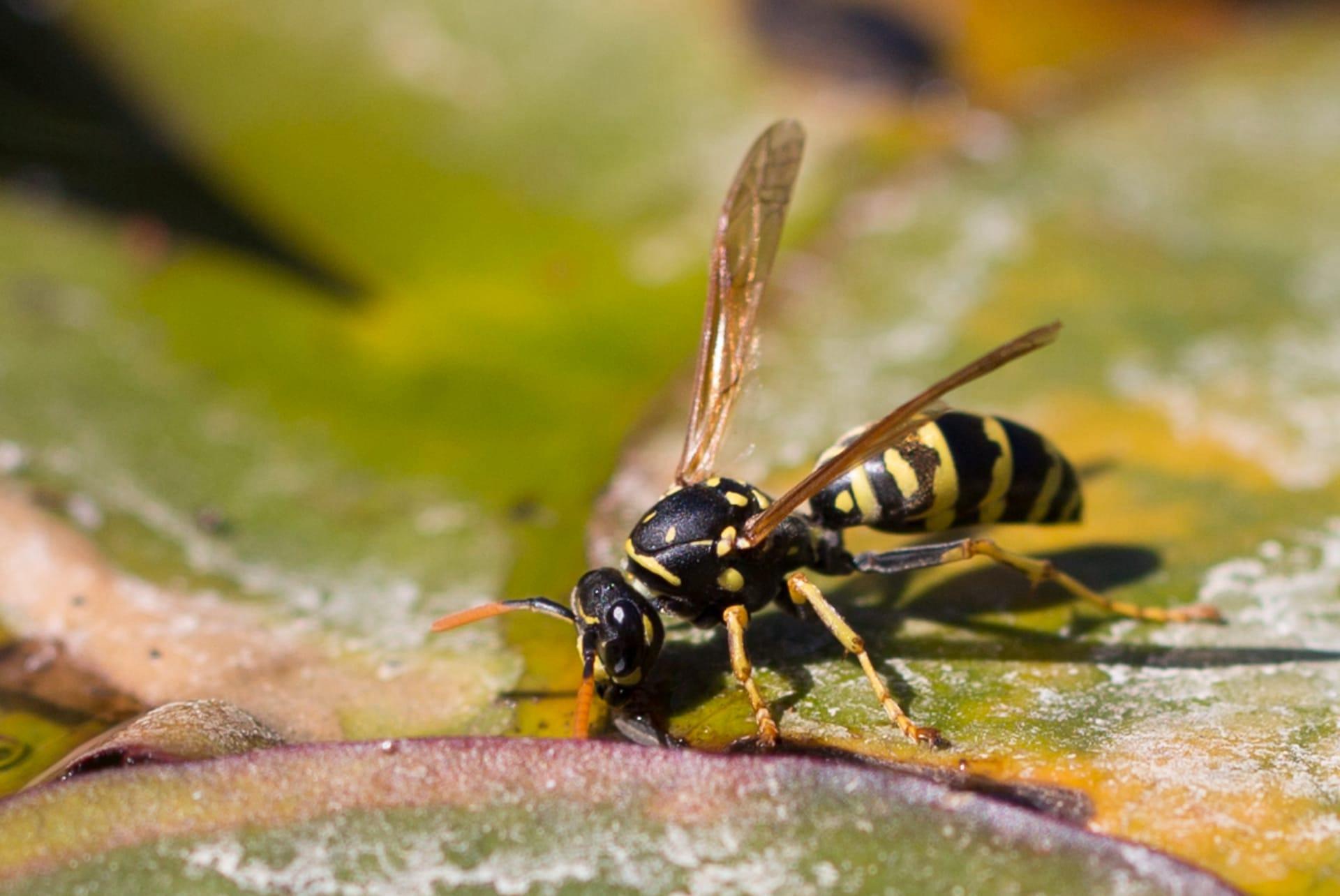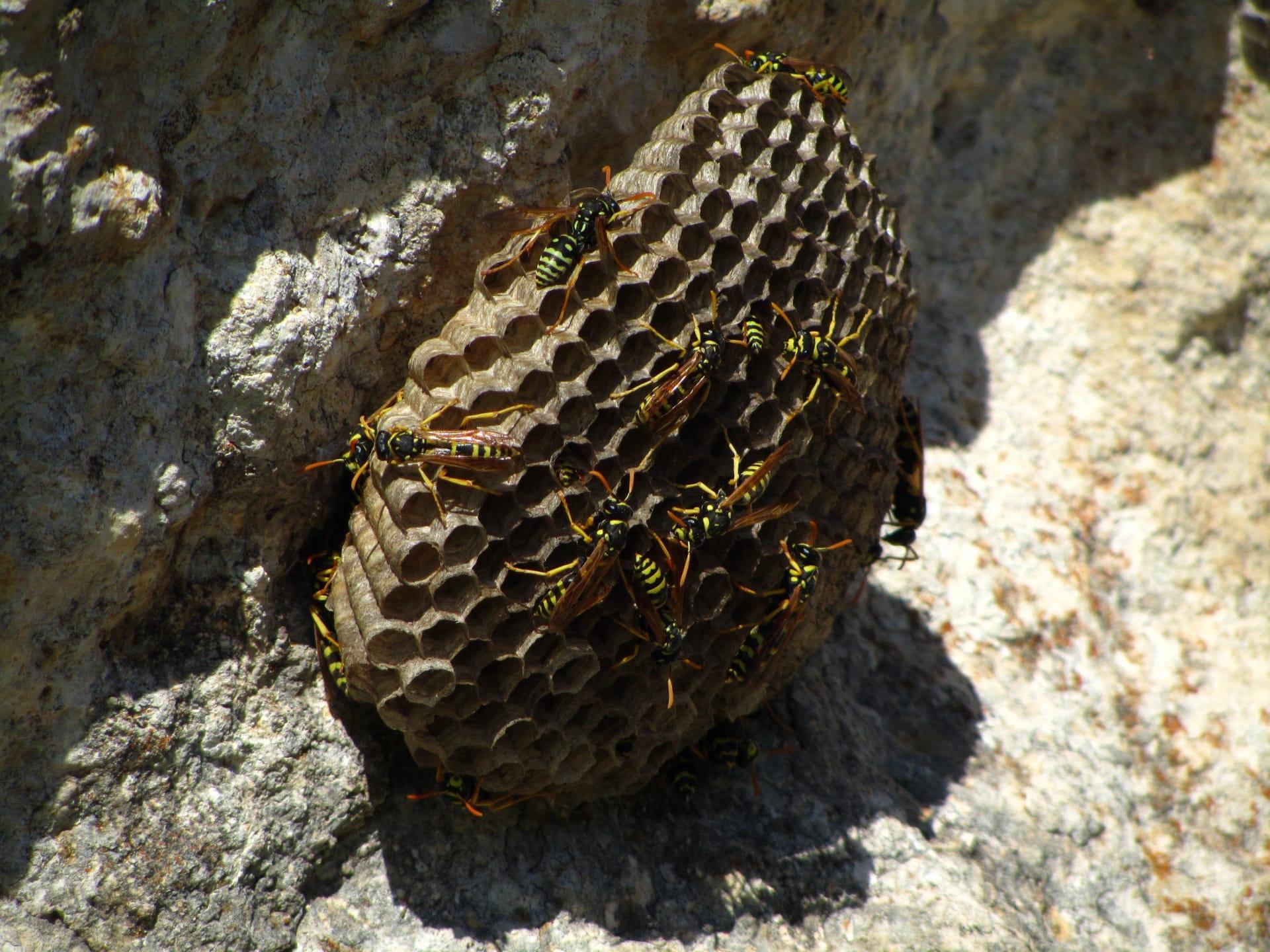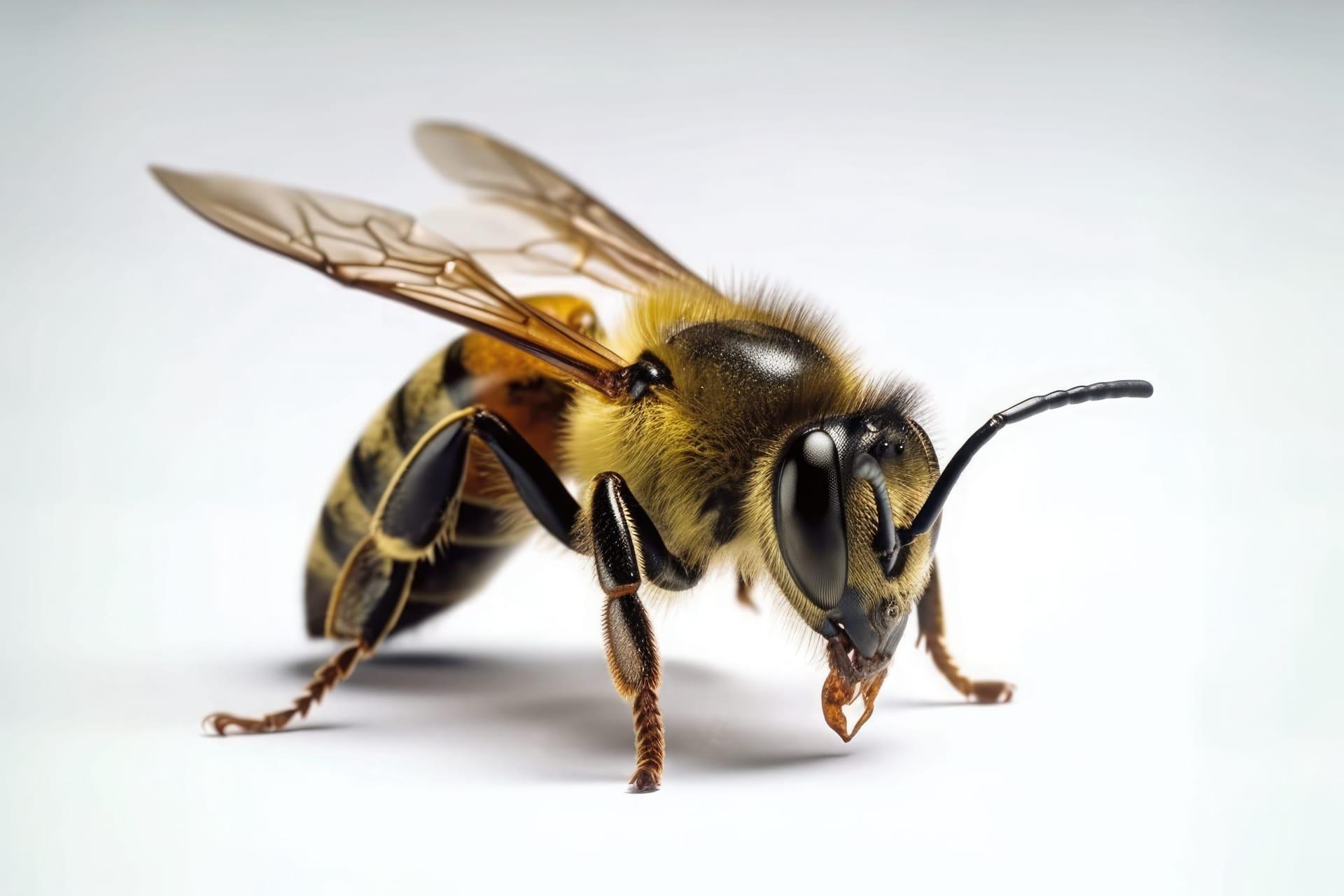Hornets Insect
- Home /
- Mini Encyclopedia /
- Animal /
- Hornets Insect
1
Hornets, belonging to the genus Vespa, are a type of social wasp. There are about 22 recognized species in this genus. Hornets are distinguished by their larger size compared to other wasps, with some species reaching up to 5.5 cm in length. Their coloration varies, usually featuring a combination of black and yellow or brown. Notably, the Asian giant hornet (Vespa mandarinia) is the world's largest hornet species. Genetic studies show these species evolved around 35 million years ago, diversifying during a period of global cooling.
Hornets are found across the globe, with their distribution heavily concentrated in the Asian continent. The Asian giant hornet, for instance, is native to temperate and tropical Eastern Asia. European hornets (Vespa crabro), the only true hornet species found in Europe and North America, were introduced to the U.S. in the 19th century. Hornets prefer forested and semi-forested habitats and are less common in extremely dry or cold environments. Their presence spans from sea level up to altitudes of 2000 meters, adapting to various ecological conditions.

2
Question: Are hornets more aggressive and dangerous than other wasps and bees?
Answer: This is a common misconception. Hornets, despite their size, are not necessarily more aggressive than other wasp species. They generally avoid human interaction unless their nest is disturbed. In terms of danger, their venom is potent and can cause significant pain. However, it's their ability to sting repeatedly, not the toxicity of the venom, that poses a greater risk. The Asian giant hornet, for instance, can deliver a more painful sting due to its larger stinger, but it is not inherently more venomous than smaller species.

3
Hornets have a fascinating survival strategy that revolves around their social structure. They live in colonies, each led by a single reproductive queen. The rest of the colony is made up of sterile females (workers) and, seasonally, males and new queens. Their nests, constructed from chewed wood pulp, are typically located in sheltered spots like hollow trees or burrows. Hornets are apex insect predators, feeding on other insects like flies, bees, and even other wasp species. This predatory behavior helps control the population of these insects.
Another aspect of their survival strategy is their defense mechanism. Hornets are equipped with a potent sting, used primarily for defense rather than predation. Their stings contain a mix of chemicals, including acetylcholine, which causes a painful sensation. They also release pheromones that can alert other colony members to join in defense, showcasing a coordinated group response. This robust defense mechanism is crucial for protecting their nest and queen.

4
In ecosystems, hornets play a dual role as predators and prey, contributing to the biological control of pest populations. By preying on insects that are harmful to crops and forests, hornets aid in maintaining the ecological balance. Their role as predators helps keep the populations of various insects in check, indirectly supporting agriculture and forestry.
Hornets also contribute to the ecosystem as prey. They are a food source for a range of predators, including birds, mammals, and larger insects. This predation forms part of the complex food web in their habitats. Additionally, hornets participate in the pollination process. While they are not as efficient as bees, their foraging on flowers for nectar inadvertently aids in the transfer of pollen, thus playing a supporting role in plant reproduction.

5
Film: "Hornets: The Secret World" (United Kingdom, 2018) - This documentary delves into the mysterious world of hornets, showcasing their social structure, hunting techniques, and interaction with the environment. The film highlights the complexity of these insects and their significance in ecosystems.
Book: "The World of Hornets" (United States, 2020) by James O'Neill - This book offers an in-depth exploration of hornet biology, behavior, and their role in the natural world. O'Neill combines scientific research with engaging narratives, making the book accessible to both enthusiasts and scholars.
Book: "Hornets: Masters of the Insect World" (Canada, 2021) by Sarah Langley - Langley's work focuses on the fascinating aspects of hornet society, from their intricate nest building to their survival strategies. The book also addresses the challenges hornets face in the changing global climate and human impact on their habitats.